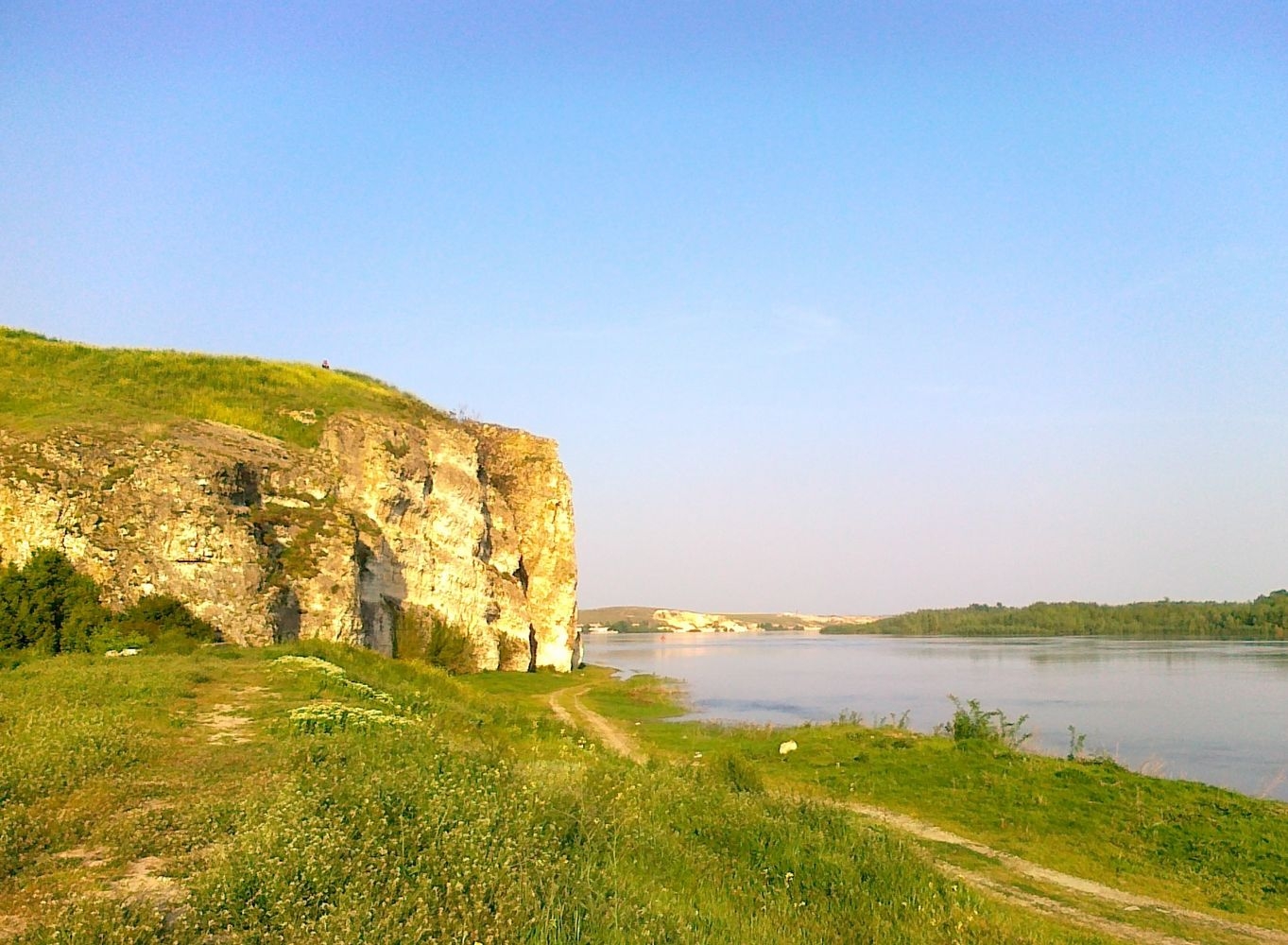Harsova. Living on the banks of the Danube
Harsova is a village dating from the Chalcolithic period, some 6,500 years ago, in Romania, on the Lower Danube, not far from the Black Sea coast.

The website uses original images, mostly with explanations, illustrations and diagrams created especially for the multimedia publication, along with stories, to paint a realistic portrait of the lives of the villagers living on the tell Harsova. Movingly, you can even hear the sound of a terracotta whistle last heard 6,500 years ago. Their habitat, food resources, production (ceramic, metal objects, adornments, etc.) and artistic and spiritual life are described over several sections of the chapter called “Harsova Chalcolithic Village", which brings together the findings of the most recent excavations.
Web users will find a presentation and milestones for the Neolithic and Chalcolithic periods in the Balkans, thanks to a timeline and maps. Visitors can learn about methods and techniques, including stratigraphic excavation and detailed data analysis, and the multi-disciplinary research carried out over the last ten years or so as part of a cooperative effort in the tell of Harsova field school, between the National History Museum of Romania, the National History and Archaeology Museum of Constanta and the French Ministry of Culture and Communication.
This original programme was developed by Bernard Randoin and Yannick Rialland, research and technology mission engineers, and Dragomir Popovici, assistant director of the National History Museum of Romania.
Please note
Content from previous website, published in 1999, identical in 2020.

